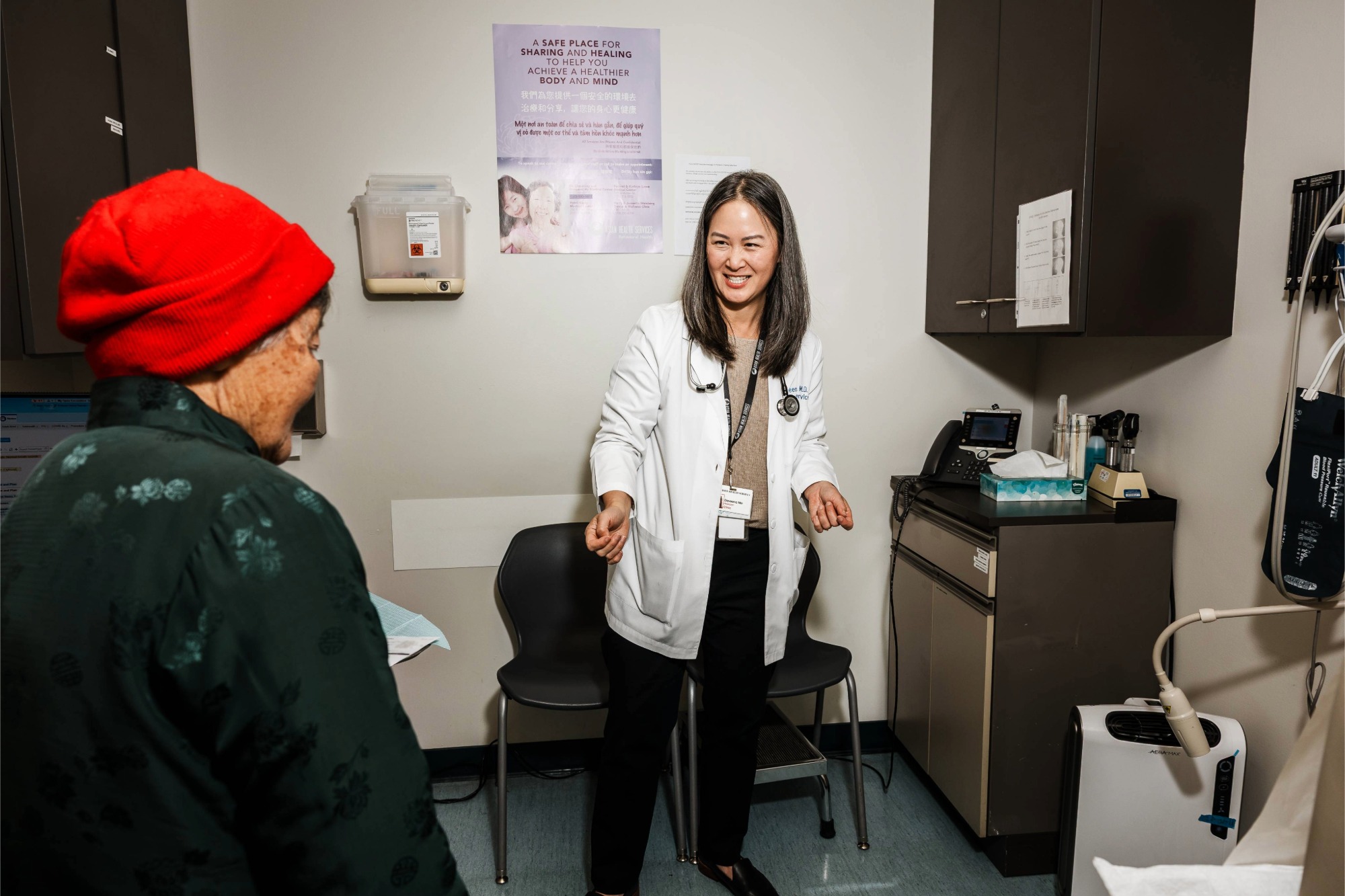|
Getting your Trinity Audio player ready…
|
Over the past 15 years, hundreds of leaders in California collaborated to expand access to palliative care (PC) for people with serious illness. Collectively, these leaders have developed clinical capabilities for delivering palliative care, established the specialty palliative care workforce, extended payment mechanisms within Medi-Cal managed care plans and other commercial and Medicare plans, and heightened awareness among clinicians, patients, families, and policymakers about the value of palliative care for people with serious illness.
These efforts resulted in increased access to palliative care for all Californians, especially for people with low incomes. Public hospitals have significantly expanded inpatient and outpatient palliative care services. Home-based palliative care is now available in all California counties in some form. The number of fellowship programs and specialty certifications has increased fivefold, and seven medical specialty organizations now recognize palliative care as the standard of care for seriously ill patients, whereas 15 years ago, none had. (See “Highlights of Quantifiable Progress in Scaling Palliative Care in California.”) Physician Orders for Life-Sustaining Treatment (POLST) — a medical order that specifies the types of medical treatment a patient wishes to receive toward the end of life — is now a standard part of health care.
The collective efforts of these field builders, using a multifaceted approach to drive change, have resulted in this significant progress. Interviews conducted for this project with over 30 stakeholders — representing health plans, health systems and providers, community-based organizations, policymakers and government agencies, and membership organizations — highlighted five key drivers of progress for California’s palliative care movement, which can serve as potential inspiration for other states as well as for future efforts in California.
Key Drivers of Progress in California

1. Policy Change — Policy changes facilitated payment for palliative care for both adults and children, and enhanced end-of-life care communication and preference documentation practices.

2. Collaboration — Peer learning communities, payer-provider partnerships, and regional coalitions encouraged knowledge sharing, joint problem-solving, and maximizing program effectiveness.

3. Focus on Quality — The availability of technical assistance, data registries for quality improvement, national consensus guidelines, and accreditation and certification programs enabled palliative care programs to focus on quality.

4. Demonstrating Value — The evidence base and value case for PC continued to strengthen, showing that palliative care improves patient symptoms, quality of life, and patient and family satisfaction; promotes greater clarity in patient goals of care; reduces unnecessary hospitalizations and emergency department visits; and mitigates overall health care costs.

5. Workforce Development — Pathways to becoming a certified specialty palliative care practitioner increased substantially, as did avenues for gaining generalist palliative care training.
Although tremendous progress has been made, not all Californians have access to high-quality palliative care, and not all those with access who could benefit from these services get them. Conversations with a wide variety of stakeholders highlighted eight opportunities to further advance the field. Specific actions were identified for stakeholders to help address these opportunities.
Opportunities to Advance Palliative Care in California

- Analyze data to identify areas of disparity and listen to community needs.
- Tailor programming and communication to respond to community needs.
- Expand the specialty palliative care workforce to include more clinicians of color.

- Engage with community members to improve understanding of palliative care.
- Educate providers and case managers who care for people with serious illness about palliative care benefits.
- Implement processes to identify people who would benefit from palliative care and connect them to services.
- Integrate palliative care into existing medical and social programs that serve seriously ill populations.

- Keep palliative care visible to policymakers and government organizations.
- Highlight the value of palliative care in meeting other key health care priorities.
- Increase partnerships with disease-focused and other aligned organizations that can incorporate palliative care advocacy into their own agenda.

- Expand and strengthen the workforce by increasing educational opportunities for specialty palliative care clinicians, particularly for clinicians of color.
- Increase generalist palliative care training and skills for non-palliative care clinicians.

- Refine, endorse, and adopt minimum standards and measures until federal or state mandates are put in place.
- Monitor adherence to minimum standards and the use of specified measures.

- Use bundled payments that align with optimal care delivery models.
- Build the evidence base related to payment model and amount.

- Strengthen efforts to enhance data quality for seriously ill patients.
- Develop an ICD-10 code for specialty palliative care.
- Develop and maintain a statewide database of palliative care providers.

- Embed palliative care within other inpatient and outpatient services and settings.
- Integrate palliative care with Medi-Cal’s Enhanced Care Management (ECM) services.
- Integrate palliative care with home-based medical services.
The opportunities and actions highlighted here are not meant to be definitive or exhaustive, but to serve as a starting point for discussions around priorities, goals, and collaborative efforts toward common goals. Progress on any of these opportunities will likely require persistence and collaboration among multiple stakeholders.
Fortunately, the stage is set for another 15 years of progress, with favorable tailwinds that health plans, health systems, policymakers, advocacy organizations, and other stakeholders can build on, including these:
- The evidence base for palliative care is increasingly acknowledged and accepted among health care decisionmakers.
- An increase in value-based payments supports palliative care’s interdisciplinary model.
- The current policy environment may lead to additional palliative care–friendly policy changes.
- More palliative care champions are active in the field, creating on-the-ground momentum.
- Compelling intersections with many of today’s most visible health care priorities (e.g., whole-person care, equity, home-based services, etc.) are elevating palliative care’s relevance in new ways.
- The state of California is developing an electronic registry for POLST, which would help support goal-aligned care.
The future of palliative care in California looks bright.
For full source information, see California’s Palliative Care Evolution — Executive Summary (PDF).






